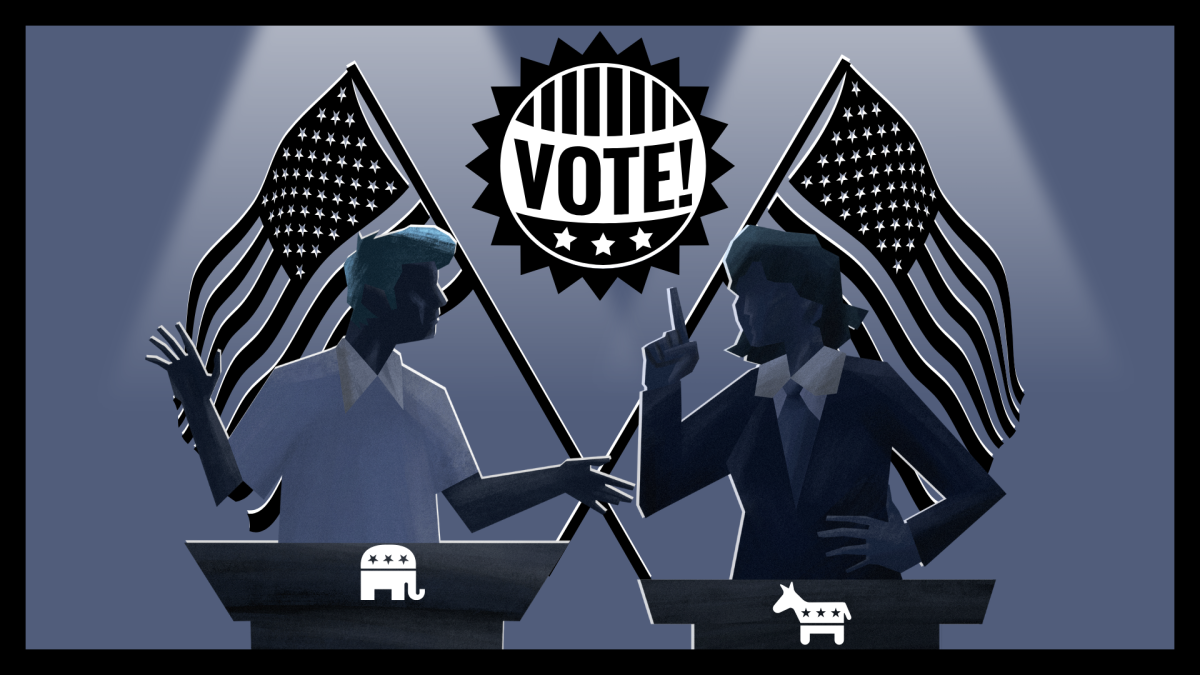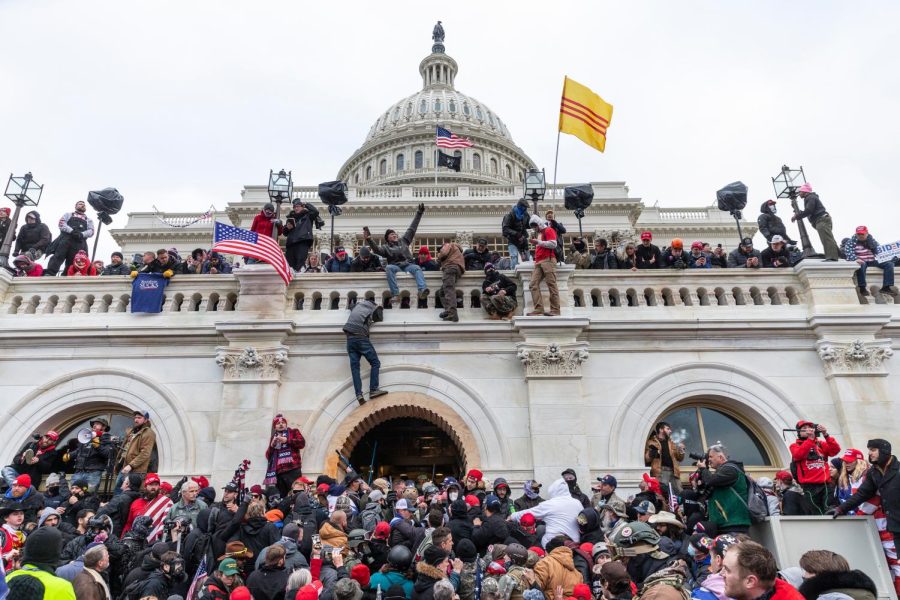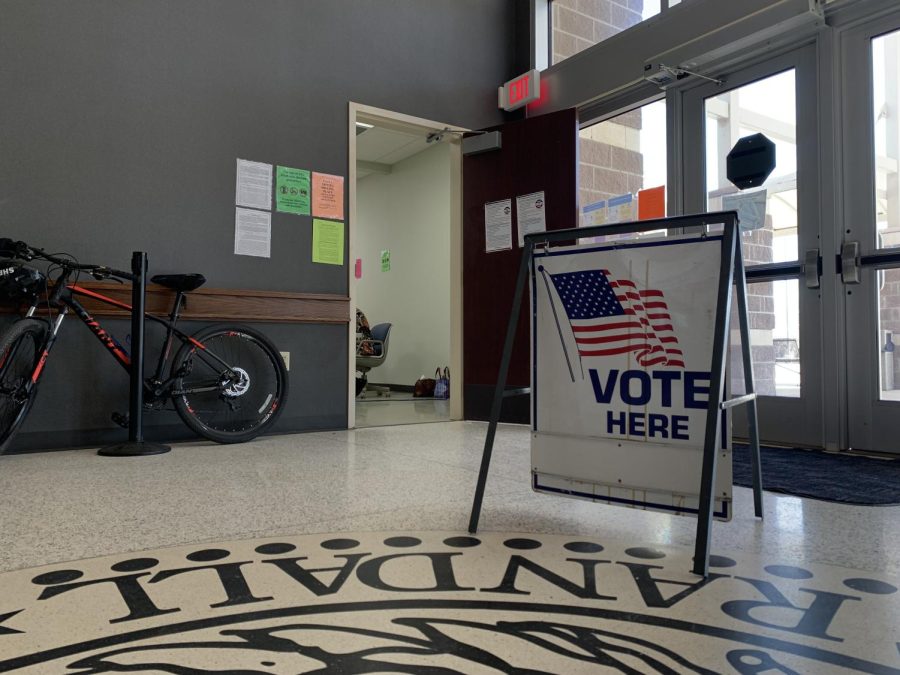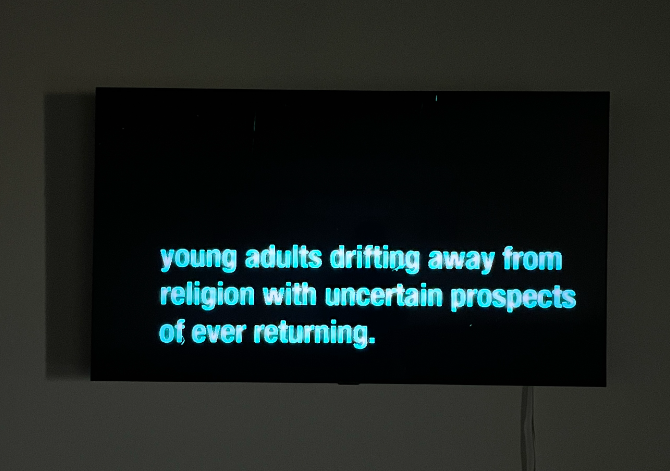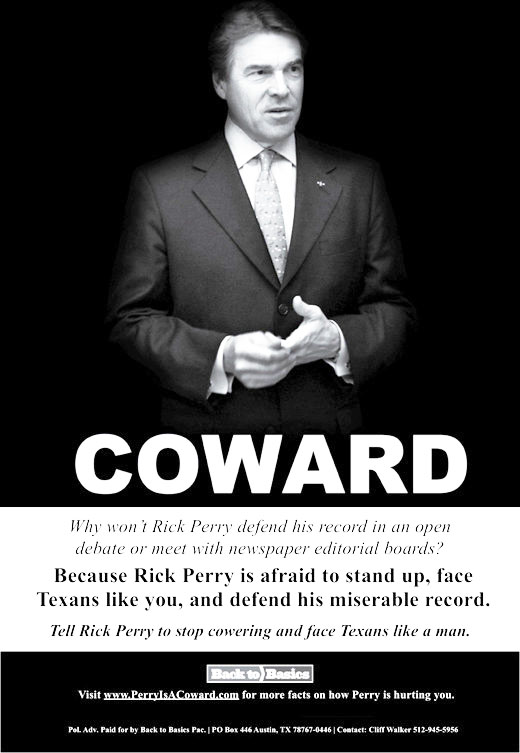
The 2010 midterm election campaigns are characterized by one major activity: Republican and Democrats are trying to stay away from the president.
“Both strategies are to run as far away from President Obama as possible,” Dr. Dave Rausch, professor of political science at WTAMU, said.
He also said that Republicans have been more successful at this than Democrats.
“Democrats are doing poorly,” he said. “People are seeing right through [their strategy].”
That strategy is one in which Democrats say they will not follow the president´s lead on certain issues. Meanwhile, Rausch said that Republicans have been “excellent” in their strategy.
“Republicans have been good at ´Wait a minute, you are saying you are a Democrat, but you are not going to vote with the president, how is this possible?´,” he said.
Lori Westermann, communications faculty member at WT, said that Republicans have an easier time staying away from President Obama.
“A big overreaching theme we are seeing is that if you are a Republican, you can transition yourself as the good guy because your guy isn’t in office,” she said.
Another strategy used by Republicans is to address the economic situation of the U. S.
“Republicans are blaming Obama on the economy when he doesn´t control it,” Rausch said. “Presidents don’t cause the economy to work or [not] work on their own.”
He said that it is common for presidents to take the credit and pass the blame.
“Obama blames the economy on Bush, but he left office in 2009,” he said.
He also said that explaining that issue in an advertisement is complicated because of the short duration time.
“Explaining the economy in 30 seconds is hard,” Rausch said. “It is easier [for Republicans] to say Obama has made it worse.”
Candidates are using different techniques in this midterm campaign. Westermann said that there has been an increase in spending compared to the 2008 elections. That is apparent by the amount of advertising candidates are buying.
“It’s like an 11 percent increase in ad spending over the 2008 elections,” she said. “The vast majority [of money] 60 percent, goes to television.”
She also said that Texas is the state with the third highest amount of campaign spending.
“It’s something like $38 million in ad spending just in the governor’s race,” Westermann said.

Voters like Richard Baldock are aware of this situation.
“They have spent money, way too much,” Baldock said.
Ad campaigns tend to be emotional rather than factual, especially when people are unhappy with the government.
“In the U.S most voters are characterized as angry, either because of immigration, budget or over the job Obama is doing,” Westermann said. “When you have a lot of anger, any persuasive campaign will scratch it more.”
Joe Corse, voter, said that the ad campaign this midterm election shows both parties mudslinging instead of showing what they can do.
“[The campaigns] are not about right or wrong,” he said. “It is about the party.”
Another situation seen across the board is that now candidates have to spend more money to cover more channels and media than in the past.
“Candidates are having to spend so much money and buy so much advertisements just to have a chance of being seen by potential voters,” Westermann said. “They are also pushing the envelope to be unique. Some people still believe that any kind of publicity is good publicity.”
Rausch said that he does not think that these campaigns are necessarily nastier than any other ones.
“When they are talking about [political science] issues, like current administration misguided, or the current administration is driving us to bankruptcy, that is a challenge,” Rausch said. “Wouldn´t say it is nasty.”



